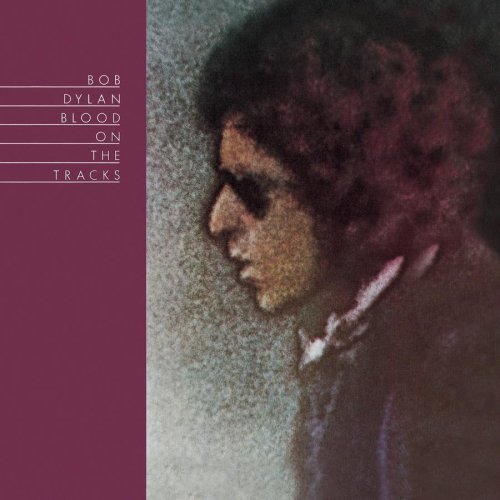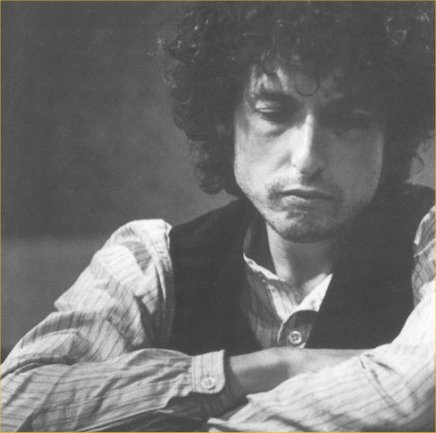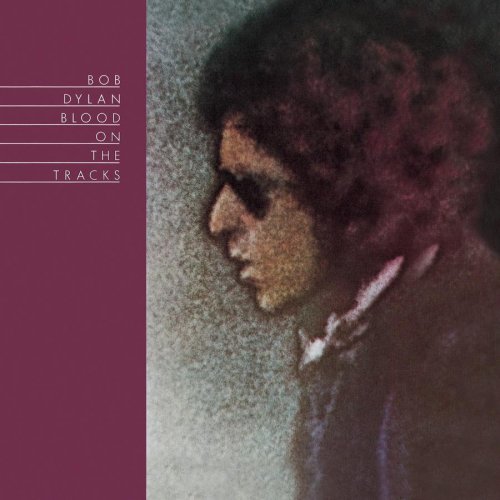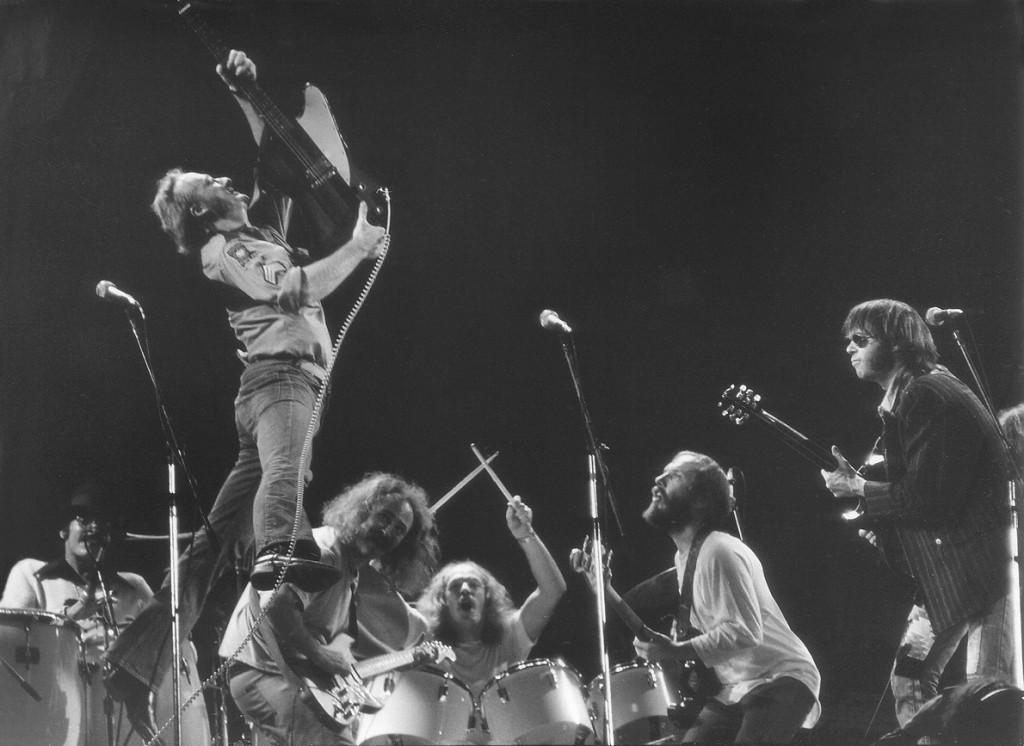
Bob Dylan’s second recording session for Blood On The Tracks continued on September 17, 1974. Another important day in the studio.
Here are some quotes, facts & music….
We cut the entire album in one day like that. Now that blew my mind. I was 19-years-old and trying to learn how to make art. The style of the time was set by guys I was working with like Paul Simon, who would take weeks recording a guitar part only to throw it away. I thought that was the way one was supposed to do it: one note at a time and a year to make an album. Dylan cut the whole thing in six hours on a Monday night. I was confused. It was like the floor, barely built under my young soul, was being ripped apart, board by board.
Then Dylan came back in on Tuesday, and recorded most of the album again.
~Glenn Berger (Bob Dylan’s Blood On The Tracks: The Untold Story)
Albums involved:
| ALBUM | Release date | CODE |
| Blood On The Tracks | 1975-01-17 | BOTT |
| Biograph | 1985-11-07 | BIO |
| Blood On The Tracks – Test pressing | Nov 74 | BOTT-TP |
| Jerry Maguire – Soundtrack | 1996-12-10 | JMS |
Studio A, A & R Recording, New York City, New York
September 17, 1974, 7 pm-01am
Produced by Bob Dylan
Engineers: Phil Ramone & Glenn Berger (“Phil & Lenn”)
- You’re A Big Girl Now
- You’re A Big Girl Now – BIO & BOTT-TP
You’re A Big Girl Now was pain personified, that pain remaining red raw when he cut the exquisite New York version originally intended for the album (only released ten years later, on Biograph).
~Clinton Heylin (from “Still On The Road”)
–
Dylan complains in the Biograph notes about “stupid and misleading jerks” (i.e. critics) who have suggested this song is “about my wife”.
~Paul Williams (Performing Artist 1974-86)
- Tangled Up In Blue
- Unidentified Song
- Blues
- You’re Gonna Make Me Lonesome When You Go
- Shelter From The Storm – JMS
This first run-through on the seventeenth has no bass accompaniment, possibly because he was showing Brown the song. Taking a pause to work on other songs, he only returned to ‘Shelter’ later the same evening, wisely deciding the sixth verse added very little to the song.
~Clinton Heylin (from “Still On The Road”)
- Shelter From The Storm
- Buckets Of Rain
- Tangled Up In Blue
- Buckets Of Rain
- Shelter From The Storm
- Shelter From The Storm
- Shelter From The Storm – BOTT & BOTT-TP
That word-perfect fifth take survived all the reconfigurations the album underwent, emerging as on of it’s real highlights. And though Dylan went on to perform it a number of different ways – almost always effectively – the nature of the song remained fixed. ~Clinton Heylin (from “Still On The Road”)
- You’re Gonna Make Me Lonesome When You Go
- You’re Gonna Make Me Lonesome When You Go – BOTT & BOTT-TP
Musicians:
- Bob Dylan (guitar, vocal)
- Tony Brown (bass)
- Paul Griffin (organ)
Related posts on JV:
References:
- Bob Dylan: The Recording Sessions – Part Three – by Michael Krogsgaard
- Still On The Road – Olof Björner
- Clinton Heylin: Bob Dylan. The Recording Sessions [1960 – 1994] (1995)
- Clinton Heylin: Still on the Road: The Songs of Bob Dylan, 1974-2006
- Bob Dylan’s Blood on the Tracks: The Untold Story (Glenn Berger)
-Egil






